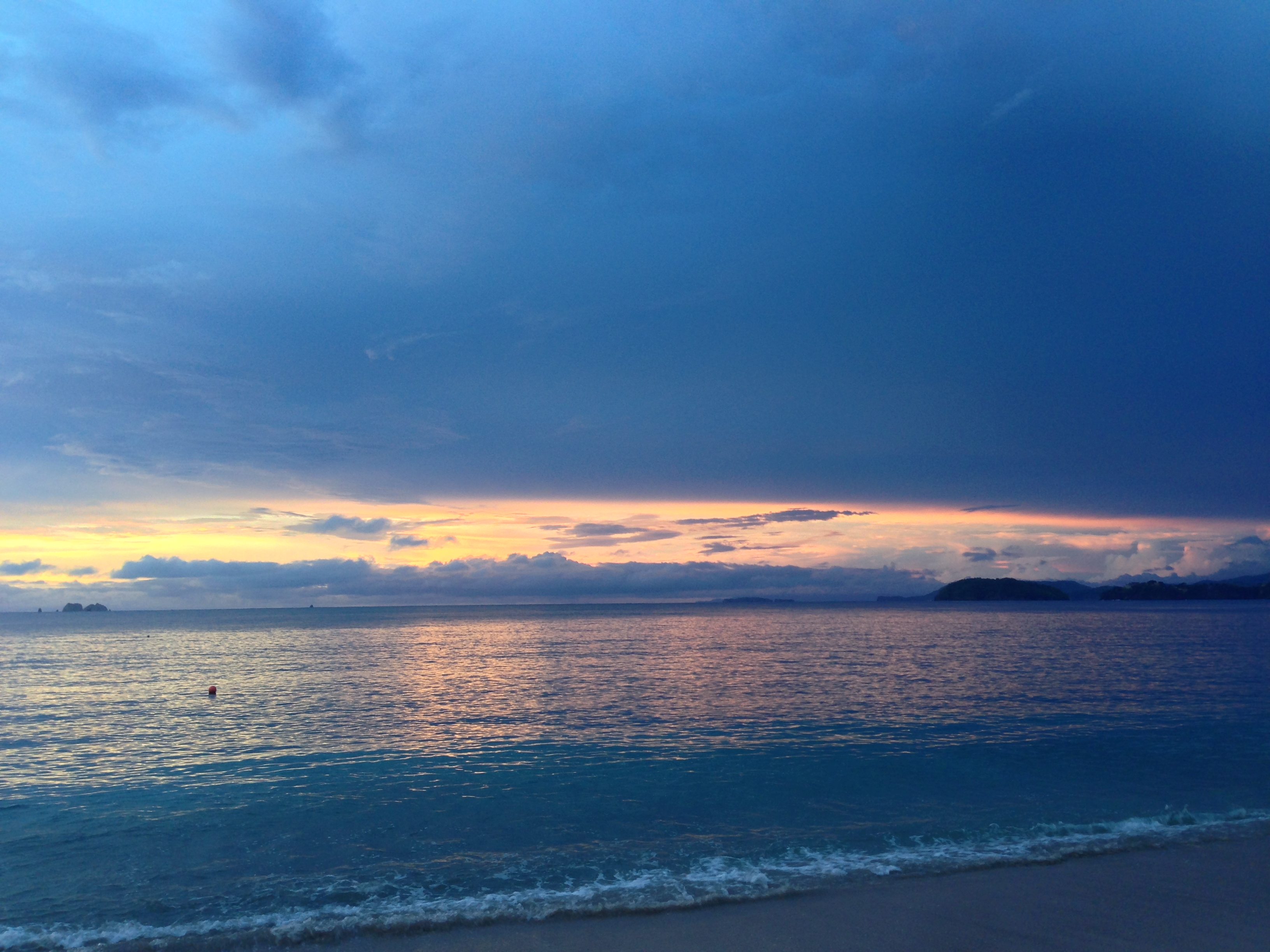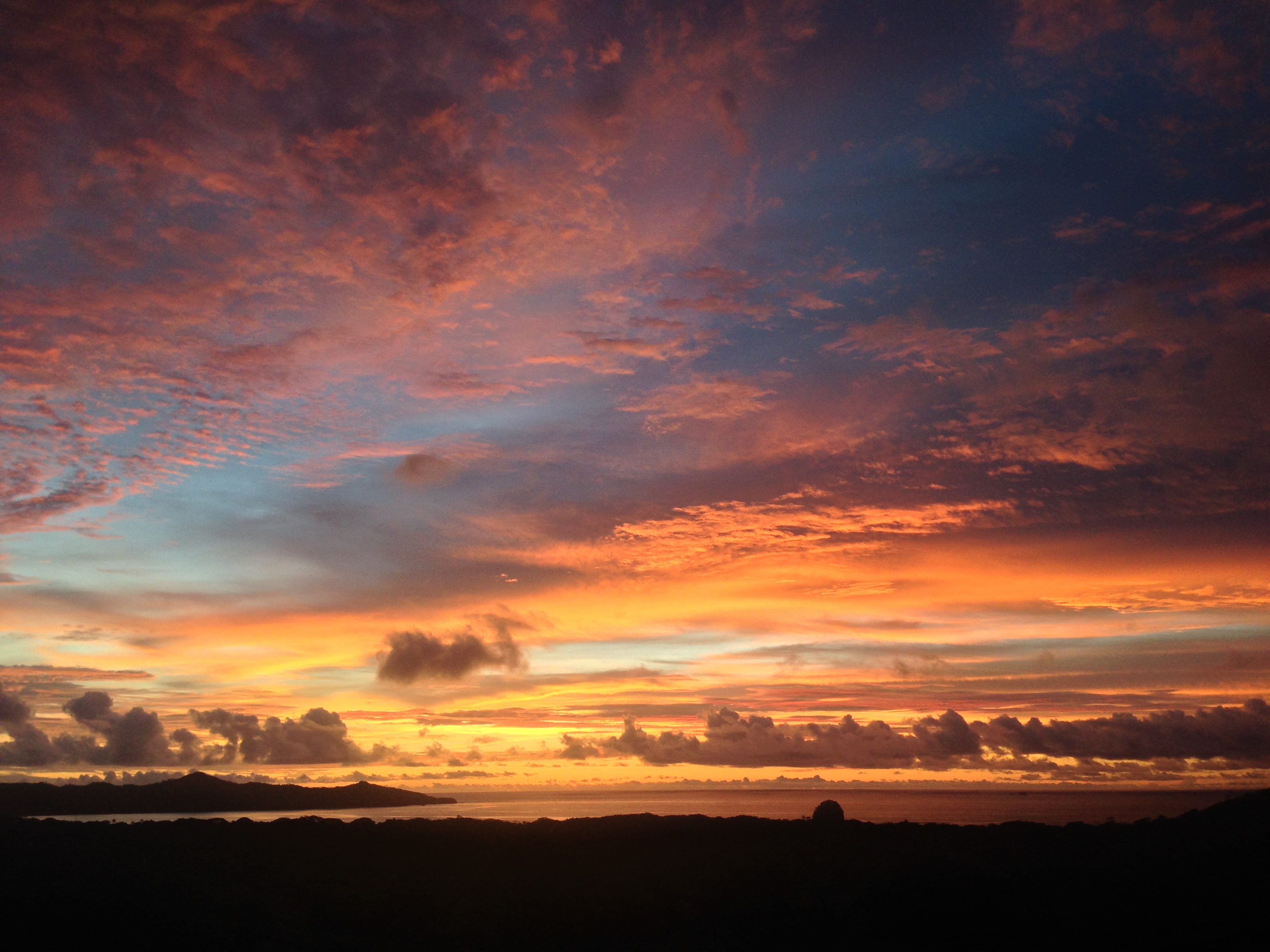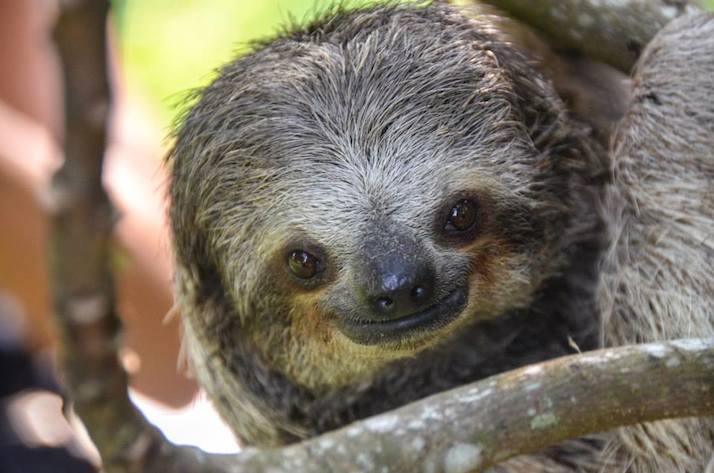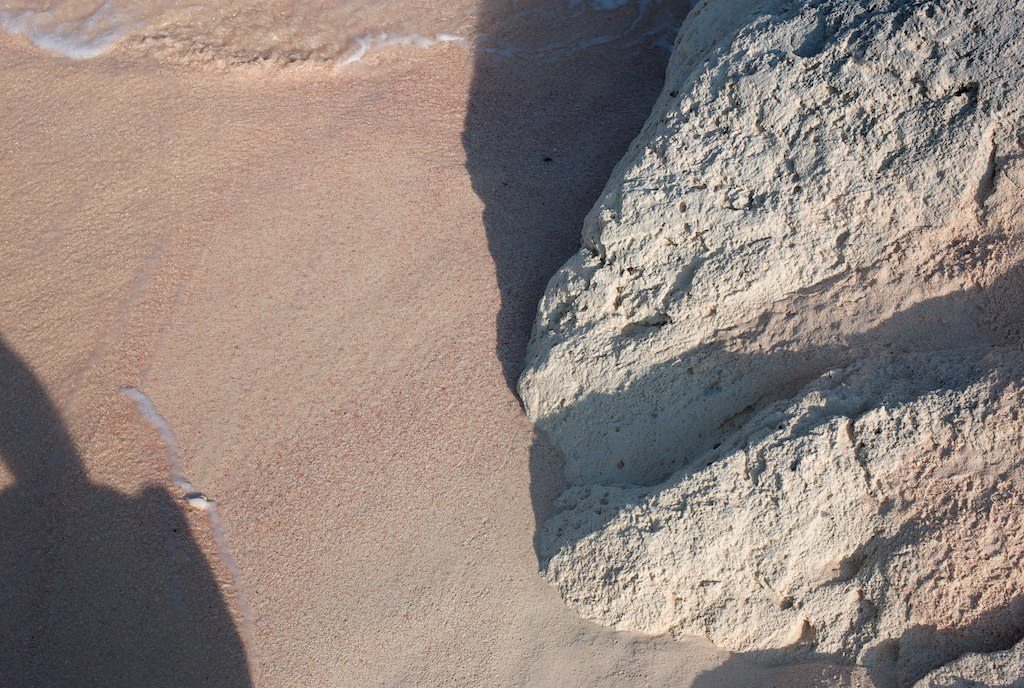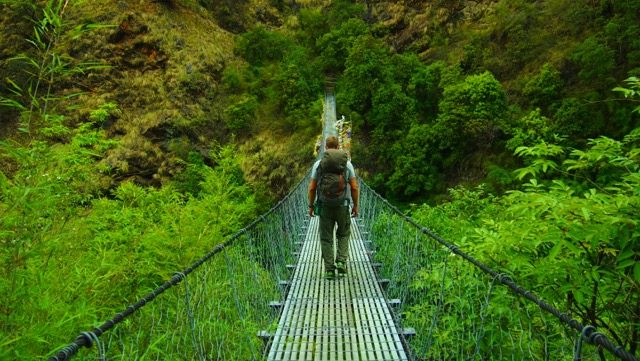
Finding Magic In The Waters Of Costa Rica
Unlike many of its Central American neighbors, Costa Rica has managed to exist and prosper as a base for wellness, adventure pursuits and pura vida – pure life appreciation. Costa Rica may be one of the smaller countries in this historically turbulent region, but its central location and abundant natural wonders make it a hugely popular destination for appreciative visitors from North America and Europe.
Jungle Canopy at Rio Perdido
Many of the well-known natural wonders of Costa Rica are land-based and familiar: the white and black sand beaches, the volcano regions and national parks, wide variety of birds and unique animal species, and the magnificent green canopy jungle. During my recent travels, I was equally enchanted and surprised by discovering the diversity in the aquatic worlds of the country, in both thermal rivers and salt waters of the ocean.
Costa Rica is touched by water on two coasts – the Caribbean and the Pacific Ocean to the west. You can travel from coast to coast in just three hours, or by plane in 45 minutes. The tropical rainforest climate of the country means that it gets its fair share of moisture, especially during the rainy season, which runs from May to November.
Happily, whether you’re inland or on the beach, the rain usually arrives only in the mid-afternoon as a torrential downpour, which then abruptly ends, often leaving rainbows and gorgeous sunsets behind.
The plentiful rainfall ensures there are many ways you can experience the magic of water in Costa Rica. There are a wide variety of ocean watersports on both coasts, including kayaking, diving, fishing, snorkeling, surfing, sailing and windsurfing.
Inland, there is white-water rafting, tubing, and at least a few high-velocity jungle water slides. Not all water activities have to be up there on the adrenalin meter, however. Exploring jungle waterfalls and soaking in hot pools are pleasurable, low-intensity ways to enjoy water in Costa Rica.
Thermal Mineral Waters of the Rio Perdido
Near Bagaces, about 1.5 hours east of Liberia, the abundant rainfall keeps the thermal river of the Rio Perdido flowing down the high-walled canyon from the Miravelles Volcano into the Rio Bianco. The thermo-mineral river is heated by volcanic springs, resulting in warm, crystal-clear water perfect for soaking and rejuvenation.
Lowering oneself into the warm river pool in the midst of howler monkey calls, birdsong and rich, green jungle is a meditative experience bordering on the magical, particularly if you’re lucky enough to be there on your own. No words or conversations can distract from the pure enjoyment of the gently flowing thermal waters.
You do need a buddy however, should you choose to engage in volcanic mud body-painting. An extra pair of hands is advantageous to apply therapeutic coats of the mineral-rich mud found in the area, a legacy of the Miravelles Volcano. The mud rinses cleanly away with a dip in one of the special hot river pools of the Rio Perdido.
On the beautiful Pacific coast of Playa Conchal in Guanacaste, the waters are also warm, and a beautiful turquoise blue. The surf is gentle, though further along the coast towards Tamarindo one can find faster waves for those seeking some real surfing action.
Playa Conchal
Not only are the waters of Guanacaste warm and inviting, they’re also home to a unique, magical natural phenomenon; bioluminescent organisms living in the warm waters of the Pacific that can only be seen at night.
Phosphorescence of the sea is the product of microscopic plants and animals living in the ocean, generating heatless bioluminescence when disturbed. These organisms include blooming phytoplankton, as well as some jellyfish, that produce a blue-green light, similar to the glow emitted by fireflies.
Sunset Over Playa Conchal
We accidently discovered the presence of marine phosphorescence during a sunset swim at Playa Conchal. As the sky and the water darkened, the action of our hands and feet produced a contact stimulus in the ocean, producing thousands of miniature glowing lights in the water.
The bluish green light emanated from our fingertips as we moved in the water, creating the luminescence that stayed on our hands and faces for brief periods of time as we held them up for a closer look.
The marine phosphorescence phenomenon is especially frequent in certain tropical and temperate regions like Costa Rica, Puerto Rico, and also in the waters off of British Columbia, Canada.
A curious visitor doesn’t have to go far to find magic and pura vida in Costa Rica, whether it’s on land or in the sea.





